Home>Garden Essentials>How Long Does It Take For Cherry Tomatoes To Germinate
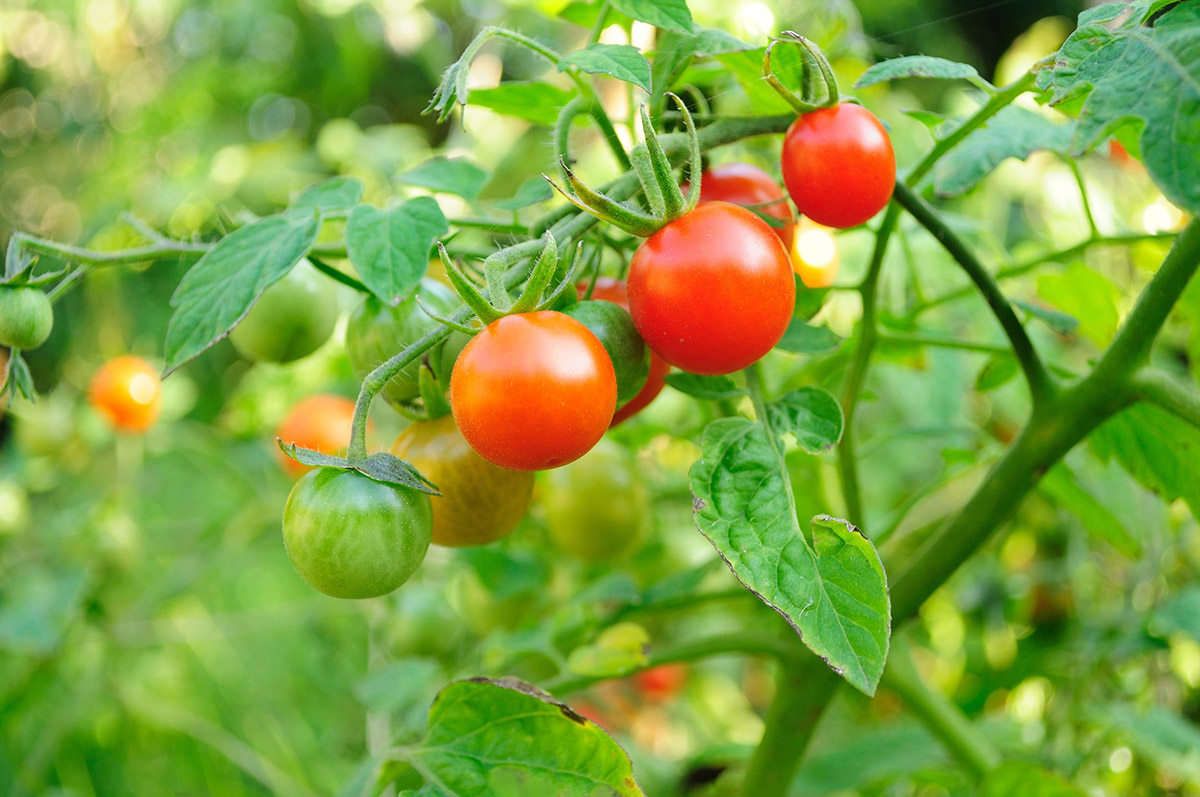

Garden Essentials
How Long Does It Take For Cherry Tomatoes To Germinate
Modified: March 15, 2024
Learn how long it takes for cherry tomatoes to germinate in your garden and get expert advice on maximizing your tomato yield.
(Many of the links in this article redirect to a specific reviewed product. Your purchase of these products through affiliate links helps to generate commission for Storables.com, at no extra cost. Learn more)
Introduction
Welcome to the world of gardening, where every seed has the potential to transform into a beautiful plant. If you’re a fan of cherry tomatoes and want to try your hand at growing them, one of the essential steps in the process is germination. Germination is the process by which a seed sprouts and begins its journey to becoming a thriving plant.
In this article, we will explore the germination process of cherry tomatoes, factors that can affect the time it takes for them to germinate, optimal conditions for germination, how long it typically takes for cherry tomatoes to germinate, and some helpful tips to promote successful germination.
By understanding the timeline and requirements for germinating cherry tomatoes, you can optimize your gardening experience and increase your chances of a bountiful harvest. So, let’s dive in and explore the fascinating world of cherry tomato germination!
Key Takeaways:
- Cherry tomato seeds typically take 7 to 14 days to sprout, but factors like temperature, moisture, and seed quality can affect germination time. Patience and proper care are key to successful germination.
- To promote cherry tomato seed germination, use fresh, high-quality seeds, maintain consistent moisture, and provide warmth and darkness. Pre-soaking seeds and creating a humid environment can also help speed up the process.
The Germination Process of Cherry Tomatoes
The germination process is a crucial stage in the life cycle of cherry tomatoes. It is the moment when the dormant seed comes to life and starts its growth journey. Understanding this process can help you create the ideal conditions for successful germination.
Firstly, it is important to choose good quality cherry tomato seeds. Look for seeds that are fresh, plump, and uniform in size. Older or damaged seeds may have a lower germination rate, so it is best to use fresh seeds whenever possible.
Once you have your seeds, the germination process begins by providing them with the right environment and conditions. Cherry tomato seeds require warmth, moisture, oxygen, and proper planting depth to start germinating.
Start by filling a seed tray or small pots with a well-draining seed-starting mix. Moisten the soil before planting the seeds to create a suitable environment for germination. Place the seeds on the surface of the soil, spacing them evenly. Cover the seeds with a thin layer of soil, approximately two to three times their own size.
After planting, it’s essential to keep the soil consistently moist but not waterlogged. Use a spray bottle or a gentle watering can to avoid disturbing the seeds. Moisture plays a vital role in initiating the germination process and helping the seed coat to soften.
As the seeds absorb water, they begin to swell and activate the enzymes necessary for germination. The seed coat will then crack, allowing the emerging roots to penetrate the soil. Gradually, a tiny sprout emerges from the soil, which will develop into the cherry tomato plant.
During the germination process, it is crucial to provide the seeds with sufficient oxygen. Ensure good air circulation around the seeds by keeping the seed tray or pots in a well-ventilated area.
Germination usually takes place within 7 to 14 days, but it can vary depending on various factors, including environmental conditions and seed quality. Some seeds may sprout earlier, while others may take a bit longer.
Keep a close eye on the seedlings as they emerge. Once the majority of the seedlings have sprouted, you can gently water them from the base to avoid wetting the leaves, which can lead to fungal diseases.
As the cherry tomato seedlings grow, they will develop their true leaves, which look different from the initial seed leaves. At this stage, they can be transplanted into larger containers or directly into the garden, depending on the weather and growing season.
By understanding the steps of the germination process and providing the optimal conditions, you can ensure the successful emergence of your cherry tomato seedlings. Patience, attention to detail, and proper care will set the stage for healthy and robust plants that will reward you with a delicious harvest in the future.
Factors Affecting Germination Time
While the germination process of cherry tomatoes typically takes around 7 to 14 days, several factors can influence the time it takes for the seeds to sprout. Understanding these factors will help you manage your expectations and make any necessary adjustments to promote optimal germination.
1. Temperature: Temperature plays a crucial role in germination. Cherry tomatoes prefer warm temperatures for germination, ideally between 70°F to 85°F (21°C to 29°C). Lower temperatures can slow down the germination process, while higher temperatures can lead to poor germination or seedling damage.
2. Moisture: Adequate moisture is essential for seed germination. The soil should be consistently moist, but not waterlogged, to provide the necessary hydration for the seeds. If the soil becomes too dry, the germination process may be delayed or even halted.
3. Light: Unlike some other plant species, cherry tomatoes do not require light for germination. In fact, they actually prefer to germinate in darkness. So, placing your seed tray or pots in a darker area or covering them with a plastic dome or black cloth can help create the ideal conditions for successful germination.
4. Seed Quality: The quality of the seeds can significantly impact germination time. Fresh and viable seeds will have a higher germination rate and sprout more quickly compared to older or damaged seeds. It’s always best to use high-quality seeds from reputable sources to ensure optimal germination success.
5. Seed Depth: Planting cherry tomato seeds at the correct depth is essential for successful germination. The general rule of thumb is to plant seeds at a depth of two to three times their own size. Planting seeds too deep or too shallow can affect the time it takes for them to emerge from the soil.
6. Seed Treatment: Some gardeners choose to give their seeds a head start by pre-soaking them, scarifying them, or applying a seed primer. These treatments can help break the seed dormancy and promote quicker germination. However, it’s important to follow the specific instructions for each treatment to avoid damaging the seeds.
7. Seed Storage: Proper seed storage is crucial for maintaining seed viability. Storing cherry tomato seeds in cool, dry, and dark conditions can help prolong their lifespan. Seeds that have been stored under unfavorable conditions for an extended period may have reduced germination rates and may take longer to sprout.
By considering these factors and making the necessary adjustments, you can help optimize the germination time of your cherry tomato seeds. Paying attention to temperature, moisture, seed quality, depth, and storage conditions will increase your chances of successful germination and set the stage for healthy and vibrant cherry tomato seedlings.
Optimal Conditions for Germination
Creating the optimal conditions for germination is crucial for the successful sprouting of cherry tomato seeds. By providing the right environment, you can promote faster and more consistent germination. Here are some key factors to consider:
1. Temperature: Cherry tomatoes thrive in warm temperatures, so it’s important to provide them with a temperature range of 70°F to 85°F (21°C to 29°C) during the germination process. Keeping the seeds within this temperature range will encourage quicker germination. You can use a heating mat or place the seed tray in a warm and sunny location to maintain the desired temperature.
2. Moisture: Consistent moisture is essential for successful germination. The soil should be evenly moist, but not waterlogged, throughout the germination period. To maintain the right moisture level, water the soil gently using a spray bottle or a watering can with a fine spout. Avoid overwatering, as it can lead to rotting or fungal diseases.
3. Humidity: While cherry tomatoes do not require specific humidity levels for germination, higher humidity can create a favorable environment. You can increase humidity around the seed tray by covering it with a plastic dome or using a humidity dome. This helps to retain moisture and create a microclimate that promotes germination.
4. Light: Unlike some other plants, cherry tomatoes prefer to germinate in darkness. They do not require light for the germination process. Placing the seed tray in a darker area or covering it with a plastic dome or black cloth will help create the ideal conditions for germination. Once the seedlings emerge, they will need proper light for growth.
5. Seed Starting Mix: Using a well-draining seed starting mix is essential for germination. Avoid using heavy or compacted soil that can retain too much moisture and hinder oxygen flow. A quality seed starting mix provides a loose and aerated environment that allows the roots to develop properly.
6. Air Circulation: Good air circulation is important during germination to prevent mold or fungal growth. Ensure that there is adequate airflow around the seed tray or pots by placing them in a well-ventilated area. This helps to prevent excessive humidity and creates a healthy environment for germination.
7. Seed Depth: Planting cherry tomato seeds at the appropriate depth is crucial for successful germination. The seeds should be planted at a depth of about two to three times their own size. Planting them too deep or too shallow can affect the germination process.
By providing the optimal conditions of temperature, moisture, humidity, darkness, and a well-draining seed starting mix, you can enhance the chances of successful germination for your cherry tomato seeds. Keeping these factors in mind will help you create an ideal environment for the seeds to sprout and embark on their journey towards becoming healthy and productive cherry tomato plants.
Cherry tomatoes typically take 7-14 days to germinate. Keep the soil consistently moist and provide warmth for best results.
Germination Time of Cherry Tomatoes
The germination time of cherry tomatoes can vary depending on several factors, including environmental conditions, seed quality, and specific tomato varieties. On average, it takes around 7 to 14 days for cherry tomato seeds to germinate and emerge from the soil.
However, it’s important to note that germination time can be influenced by various factors and may vary from one seed to another. Some seeds may germinate earlier, within 5 to 7 days, while others may take a bit longer, up to 14 days or even more.
The specific variety of cherry tomatoes you are growing can also impact the germination time. Different tomato varieties have their own unique characteristics, including germination rates and speed. Some varieties are known for their quick germination, while others may take a bit longer.
In addition to the variety, environmental factors play a vital role in germination time. Temperature and moisture levels are especially important. Warm temperatures between 70°F to 85°F (21°C to 29°C) create an ideal environment for germination, while cooler temperatures can slow down the process. Maintaining consistent moisture in the soil is crucial, as water is needed for the seeds to absorb and initiate germination.
It’s also worth noting that seed quality can affect germination time. Using fresh, high-quality seeds increases the likelihood of quick and successful germination. Older or lower-quality seeds may have reduced germination rates and may take longer to sprout.
As you wait for your cherry tomato seeds to germinate, be sure to monitor the moisture levels in the soil, maintain the recommended temperature range, and be patient. It’s important to avoid disturbing the seeds during this process, as they are delicate at this stage of development.
Once the majority of the seeds have germinated and sprouted into seedlings, you can continue to care for them by providing adequate light, proper watering, and gradually acclimating them to outdoor conditions if you plan to transplant them into the garden.
Remember that germination time can vary, so don’t be discouraged if some seeds take longer to sprout. With the right conditions and patience, you will soon see the signs of life as your cherry tomato seeds transform into healthy seedlings, eventually growing into delicious and vibrant plants.
Tips for Promoting Germination
When it comes to promoting germination of cherry tomatoes, there are several tips and techniques you can employ to increase your chances of success. By following these recommendations, you can create optimal conditions for germination and support the healthy growth of your cherry tomato seeds:
1. Use fresh and high-quality seeds: Opt for fresh cherry tomato seeds from reputable sources. High-quality seeds have a higher germination rate, resulting in quicker and more successful sprouting.
2. Pre-soak the seeds: To expedite the germination process, you can pre-soak your cherry tomato seeds overnight in room temperature water. This can help soften the seed coat and encourage faster sprouting.
3. Scarify the seeds: For seeds with a particularly hard seed coat, gently scratching or nicking the surface of the seed can improve water absorption, making it easier for the seed to germinate.
4. Provide consistent moisture: Keep the soil consistently moist, but not waterlogged, throughout the germination process. Use a spray bottle or a gentle watering can to avoid displacing the seeds.
5. Maintain appropriate temperature: Provide a consistently warm temperature range of 70°F to 85°F (21°C to 29°C). Consider using a heating mat or placing the seed tray in a warm location to create an ideal environment for germination.
6. Ensure proper drainage: Choose a well-draining seed starting mix and ensure proper drainage in your containers or seed trays. Excess moisture can lead to rot and hinder germination.
7. Create a humid environment: Covering your seed tray or pots with a plastic dome or using a humidity dome can help create a more humid microclimate, which can promote faster and more successful germination.
8. Provide darkness: Cherry tomatoes prefer to germinate in darkness, so keep your seeds in a dark location or cover them with a plastic dome or black cloth until they start to sprout.
9. Be patient but observant: Germination takes time, so be patient and avoid disturbing the seeds. Keep a close eye on the seedlings as they emerge, and make sure to transition them to appropriate lighting conditions for growth.
10. Label and organize: Keep track of the specific varieties you are germinating by labeling your seed trays or pots. This will help you identify and care for each variety accordingly as they sprout and grow.
Remember, successful germination is just the beginning of your cherry tomato gardening journey. As your seedlings develop, provide them with proper care, including adequate light, regular watering, and gradually introducing them to outdoor conditions if you plan to transplant them.
By implementing these tips for promoting germination, you can establish a strong foundation for healthy cherry tomato plants, leading to a fruitful and rewarding growing experience.
Conclusion
Germinating cherry tomatoes is an exciting and essential step in the journey of growing these delicious fruits. By understanding the germination process, the factors that influence germination time, and the optimal conditions for success, you can increase your chances of successfully sprouting cherry tomato seeds.
Remember that germination time can vary, typically taking around 7 to 14 days for cherry tomato seeds to sprout. Factors such as temperature, moisture, seed quality, and specific varieties can affect this timeframe. Patience, attention to detail, and providing the right conditions will contribute to a successful germination process.
By using fresh and high-quality seeds, pre-soaking or scarifying the seeds if necessary, maintaining consistent moisture, and providing appropriate temperature and darkness, you can promote faster and more successful germination. Creating a suitable environment with proper airflow and drainage, as well as labeling and organizing your seedlings, will contribute to their healthy growth.
As your cherry tomato seeds germinate and develop into seedlings, continue to provide them with proper care, including adequate light, watering, and gradually transitioning them to outdoor conditions if needed. This will ensure their continued growth and future success in the garden.
Remember, each seed holds the potential to transform into a vibrant cherry tomato plant, providing you with a bountiful harvest of these juicy and flavorful fruits. Enjoy the process of germination, nurture your seedlings, and savor the satisfaction of successfully growing your own cherry tomatoes.
With the knowledge and tips provided in this article, you now have the tools to optimize the germination process and embark on an exciting gardening journey with cherry tomatoes. So, roll up your sleeves, gather your seeds, and get ready to experience the joy of watching your cherry tomato seeds sprout and flourish into healthy, productive plants.
Frequently Asked Questions about How Long Does It Take For Cherry Tomatoes To Germinate
Was this page helpful?
At Storables.com, we guarantee accurate and reliable information. Our content, validated by Expert Board Contributors, is crafted following stringent Editorial Policies. We're committed to providing you with well-researched, expert-backed insights for all your informational needs.
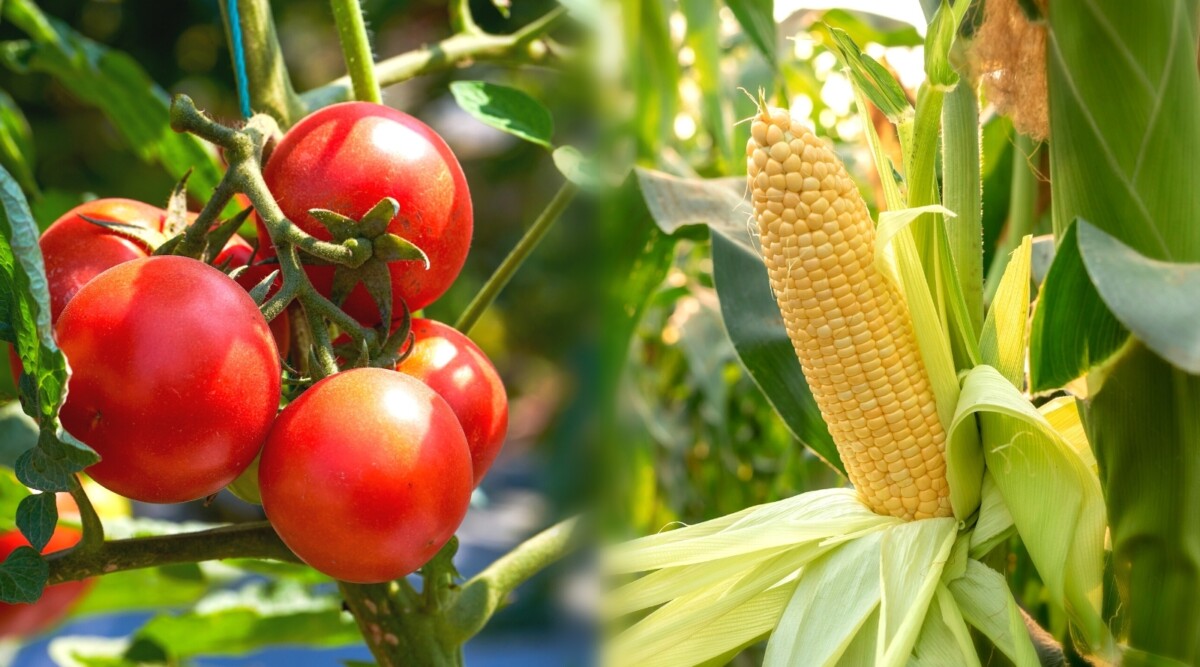
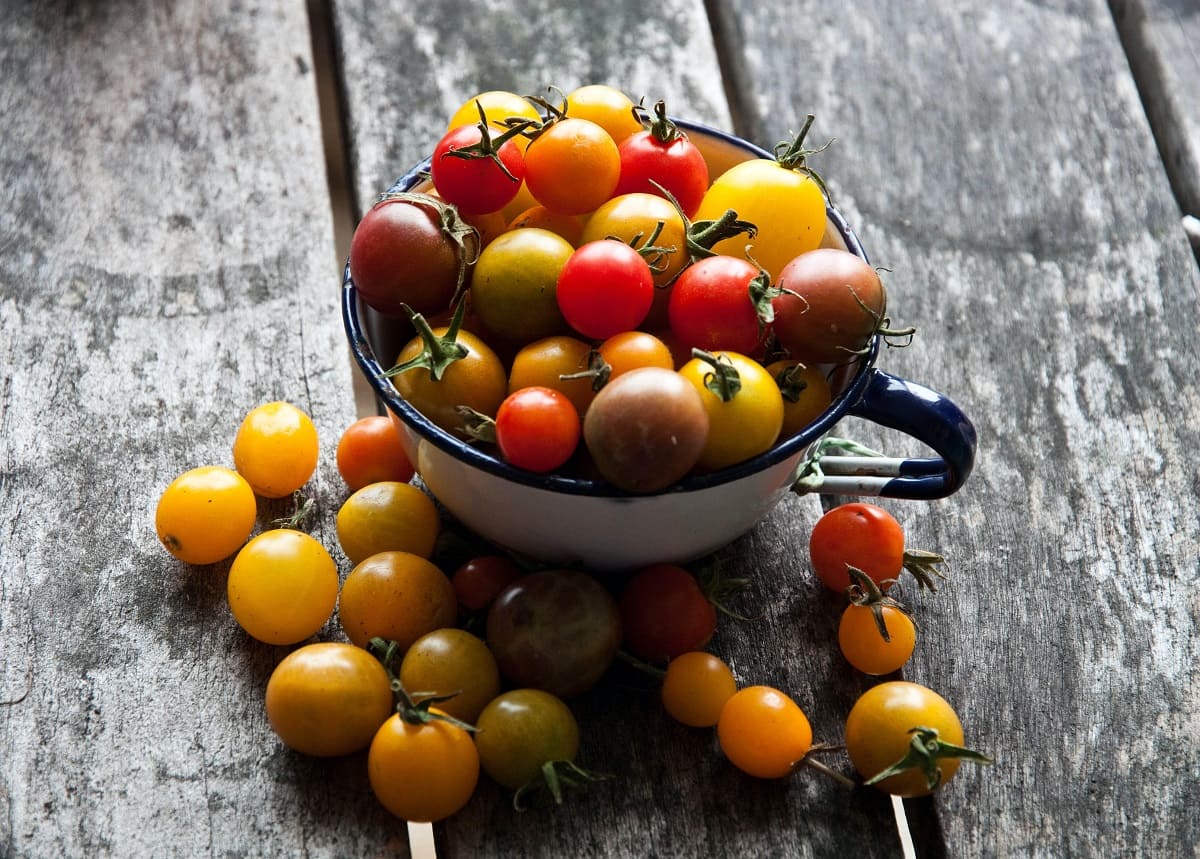
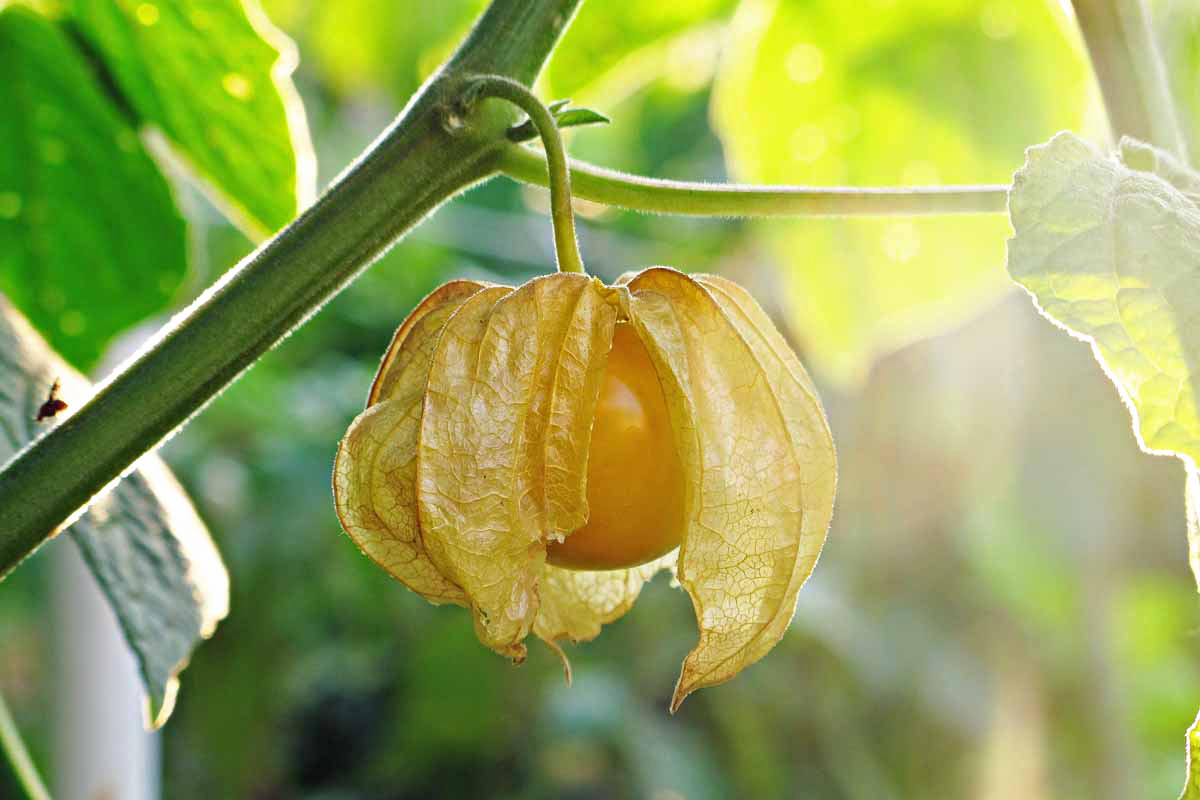
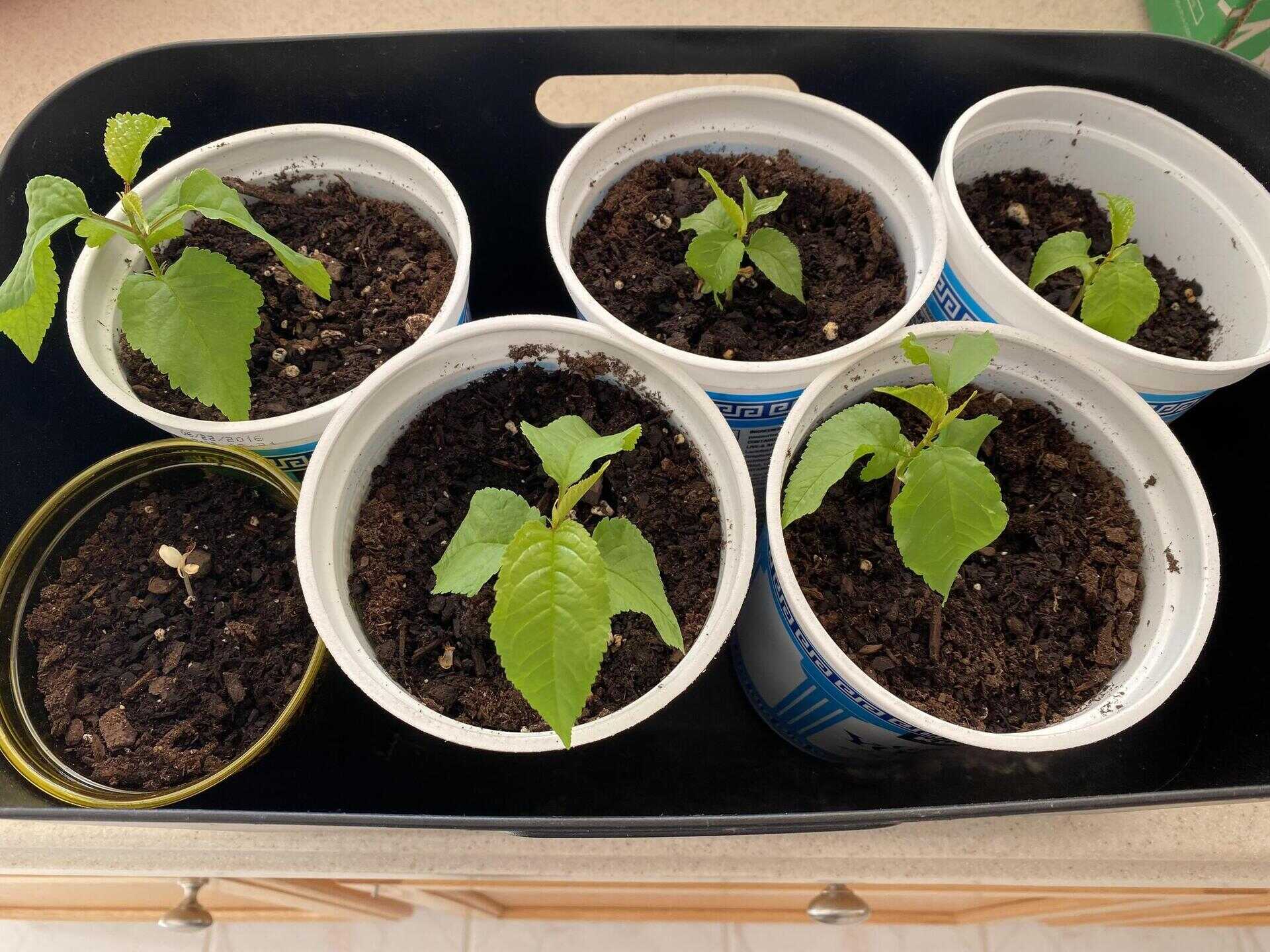
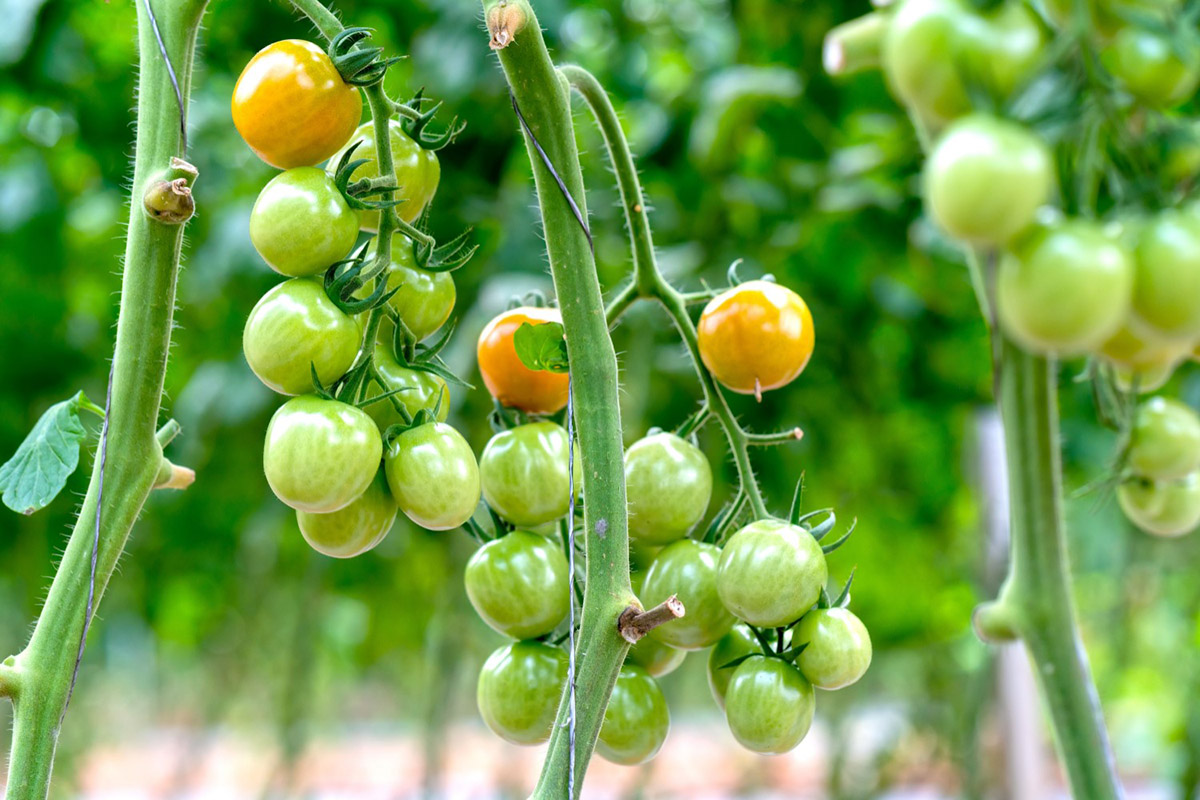








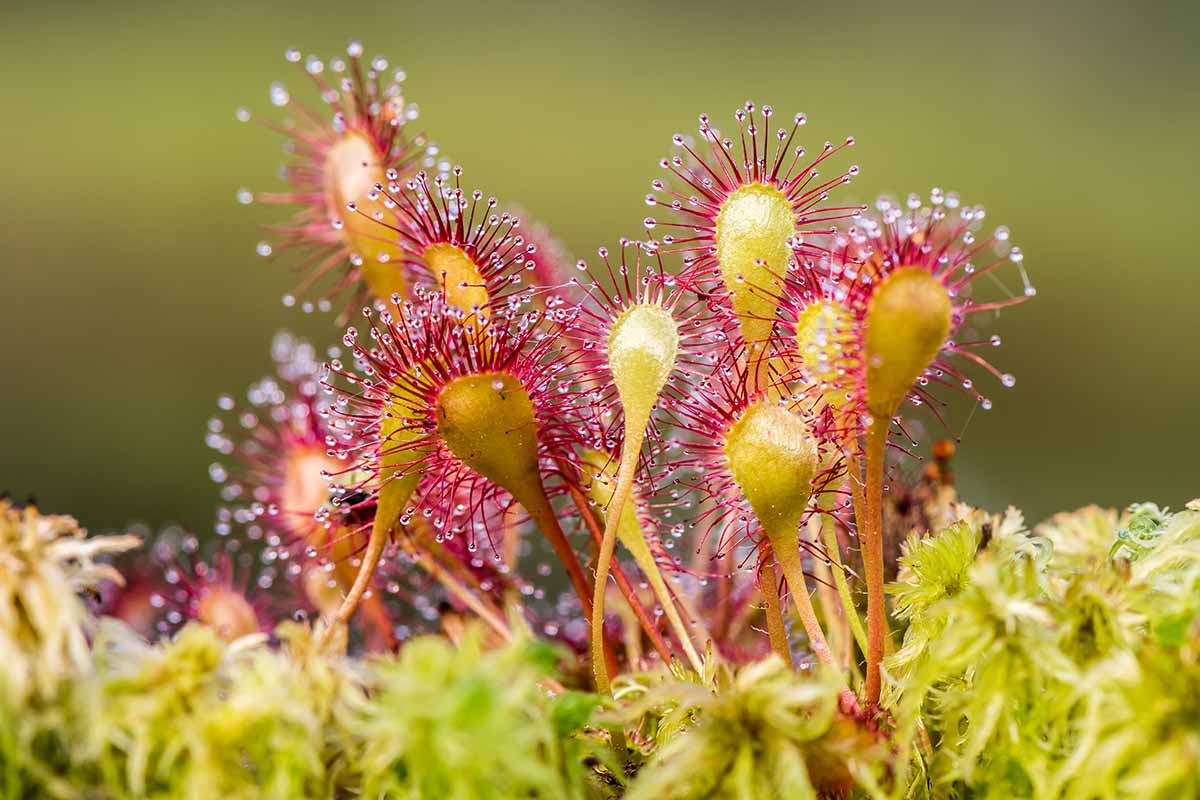

0 thoughts on “How Long Does It Take For Cherry Tomatoes To Germinate”